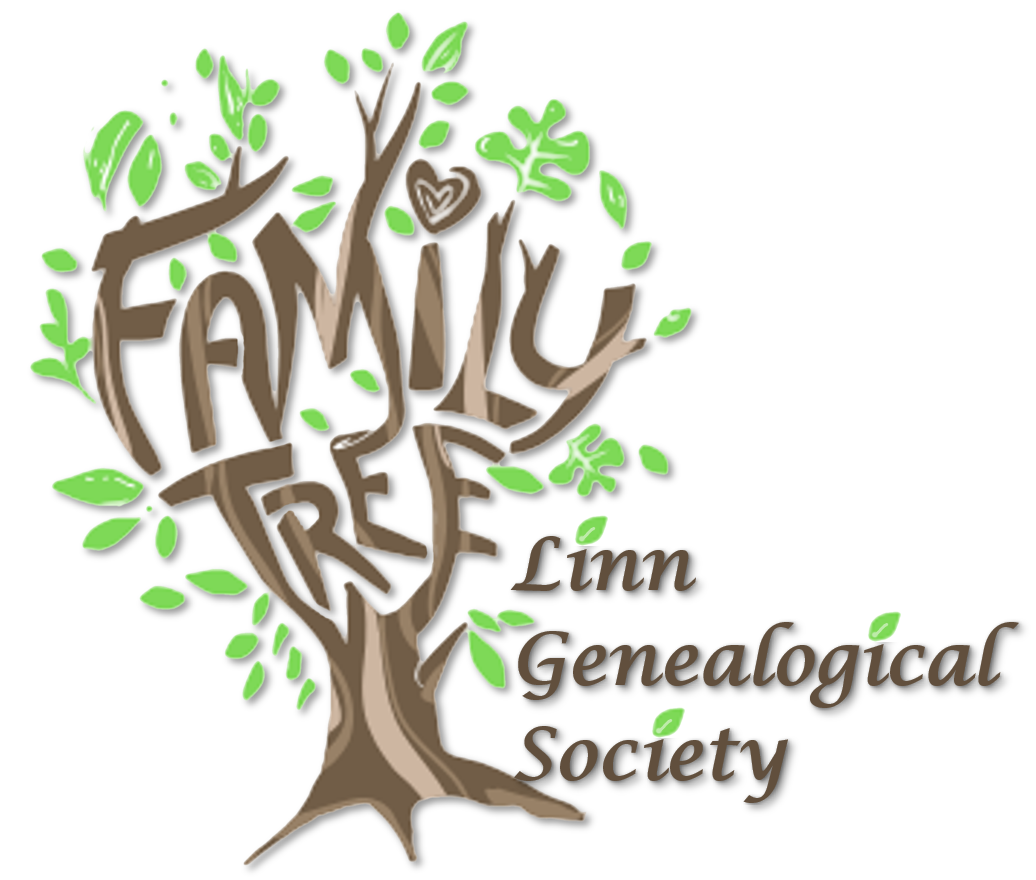Bible Records
Family bibles are like a present to genealogists. In the past most families had a bible that provided divine guidance and also served as a record of life memories and events. This was of particular importance pre-1900 as most states had no civil vital registrations requirements until the early 1900s. Even in 1906, when the federal government, for the purpose of public health, mandated state vital record keeping, some states lagged behind in compliance.1 For example, Alaska did not achieve full compliance of vital registrations until 19501 During early colonial history through to the 1900s most churches and some civic authorities recorded this information, but a family bible was like having a personal copy of all the family members vital information. This personal copy was of particular importance during the 1800s when families began in earnest to migrate to the Western United States.2 They could easily take all their family vital information with them in their bible, and events that occurred along the way, away from church and state, could be recorded.
Noel Stevenson presented a classification system for rating family bibles as to their level of reliability as evidence. According to Stevenson, bible records rated “AAA” would be one where someone was alive that had personal knowledge of the events contained in the bible.3 As Stevenson points out, this condition is nearly impossible to meet.4 Bible records rated “AA” would be one’s where the bible is has remained in the hands of a family members, and there is evidence to show that the book has been passed down from generation to generation.5 Bible records rated “A” includes bibles in possession of a family member, but the individual possessing the bible has no first-hand information about the bible.6 For example, it was found in grandmother’s attic upon her death. Bible records rated “BB” would be family bibles that are in the possession of a person whose spouse owned the bible, but is now dead.7 Bible records rated “B” are those that belong to distance cousins who have no information on the origin of the bible.8 Bible records rated “C” are those that belong to a non-family members, such as bibles in bookstores, libraries, archives and museums.
Part two of this topic will focus on how to evaluate information in family bibles – see you then!
Evaluating Bible Records
There are some points to consider when evaluating bible records. For instance, does the handwriting seem uniform and was the same pen/ink used for all the entries. If this is the case, the entries may have all been written at the same time, not when the events occurred. Be on the lookout for erasures, cross-outs, and changes in the information as this may indicate information may not be accurate. Of importance to consider as well, is the “chronological order “of the entries. If the entries are out of order, then they were not written when the event occurred and may be based on memory.
There are some downsides to bible records. These records are hearsay unless the person who possesses the bible witnessed the events recorded. There is no way of knowing if all family members were included in the bible registry. Published bible records may contain transcription mistakes. The upside is that the person who made the entries probably had personal knowledge of family members and life events. Notarized copies of bible records would be an accurate representation of the information presented in the bible, though it should be said that does not make the information itself accurate. Intentional fraud or misrepresentation of information is possible, but not very likely.
1.Kimberly A. M. Richards, Development of Civil Registration in Britain with Parallels to the Situation in the United States of America. Unpublished paper, American School of Genealogy
2. Michael Leclerc, “Vital Records in the United States”, Macavo Genealogy Blog, MGBblogsite, 2013, (http://blog.mocavo.com/2013/04/vital-records-in-the-united-states : 2013).
3. Ibid.
4. Noel C. Stevenson, Genealogical Evidence, rev. ed. (Laguna Hills, California: Aegean Park Press, 1989), 164.
5. Ibid.
6. Ibid.
7. Ibid.
8. Ibid., 165.
9. Ibid.

